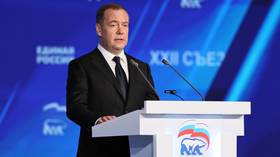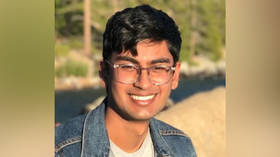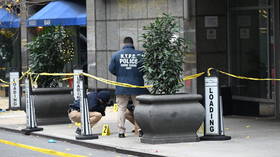Is this huge new cathedral to war Putin’s folly, or a magnificent, unique building that tells a lot about the East-West divide?
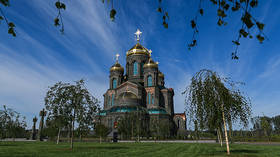
The magnificent six billion ruble building in a forest outside Moscow can accommodate 6,000 people and is an unashamed paean to Russian military might. Would any Western nation dare erect such a public spectacle?
This week saw the opening of Russia’s newest public buildings, the Main Cathedral of the Russian Armed Forces, Moscow. It is a grand statement of Vladimir Putin’s vision of what is most important in Russia: Russian Orthodox faith, national pride and the armed services. It was consecrated on June 14 and opened to the public on Monday, June 22.
The huge cathedral (which can accommodate up to 6,000 people and has six gilded domes) is dedicated to the glory and memory of the armed services, and cost around six billion rubles ($86 million). Steps are made of steel from captured Nazi tanks. The colour schemes of stained-glass windows replicate those of military decorations.
The architecture and interior design (with its extensive use of gilding and iconography) makes the cathedral very clearly Eastern Orthodox, with no concessions to modernist taste. The height of the cross on the main dome is 95 meters above ground level. It is located in a forest on the outskirts of Moscow and contains extensive symmetrical landscape features echoing the traditional layout of a church.
The cathedral itself is not adorned with mosaic murals of Stalin and Putin, as had initially been planned. After leaked photographs of the incomplete work drew criticism, the mosaics were removed.
A nearby visitor center houses a state-of-the-art museum of the role of the military in Russia and the USSR. Audio-visual displays, dioramas, models and original material (including weapons, munitions, uniforms and servicemen’s letters) are featured.
Two issues have drawn particular comment: the cause and the style.
At a time when the West is becoming increasingly reticent about its military strength – holding fewer military parades and running recruitment drives emphasising humanitarian relief work rather than soldiering (with lackluster results) – President Putin has asserted that Russia’s military fights and dies for the glory of the nation.
Also on rt.com Putin visits Russian Armed Forces cathedral on 79th anniversary of Nazi invasion, says memory of war is ‘sacred’It is inconceivable that a Western state would today erect a cathedral of the character of the Main Cathedral. In Western Europe, the size and prestige of the military is contracting, due to budgetary restrictions and ambivalence about the role of military service. In Russia – at least according to the government line – the military is still at the heart of the nation.
The architecture is Russian Revival, using aspects of the Romanov style and traditional Russian Orthodox ecclesiastical design. The opulent decoration and detailing marks a decisive rejection of USSR-era functionalism (The Stalin-era saw a brief, limited return to historical styles, which can still be seen today in the Moscow Metro). It is defiantly not postmodern (the prevailing international style) and this can be read as a sign of an attachment to the native Russian form of architecture, particularly in church design. Amalgams of tradition and innovations – such as LED lighting and areas of glass ceilings in the new cathedral – are dismissed as “pastiche” and “inauthentic.”
As an assertion of confidence and clarity, the project is impressive. How accurately the project reflects social, economic and geo-political conditions of contemporary Russia is for each of us – and history – to judge. Not having visited the cathedral, I am not in a position to say how well the building works architecturally. Whatever one’s personal taste, the cathedral will become a touchstone for how we view this era of Russian history (favorably or otherwise).
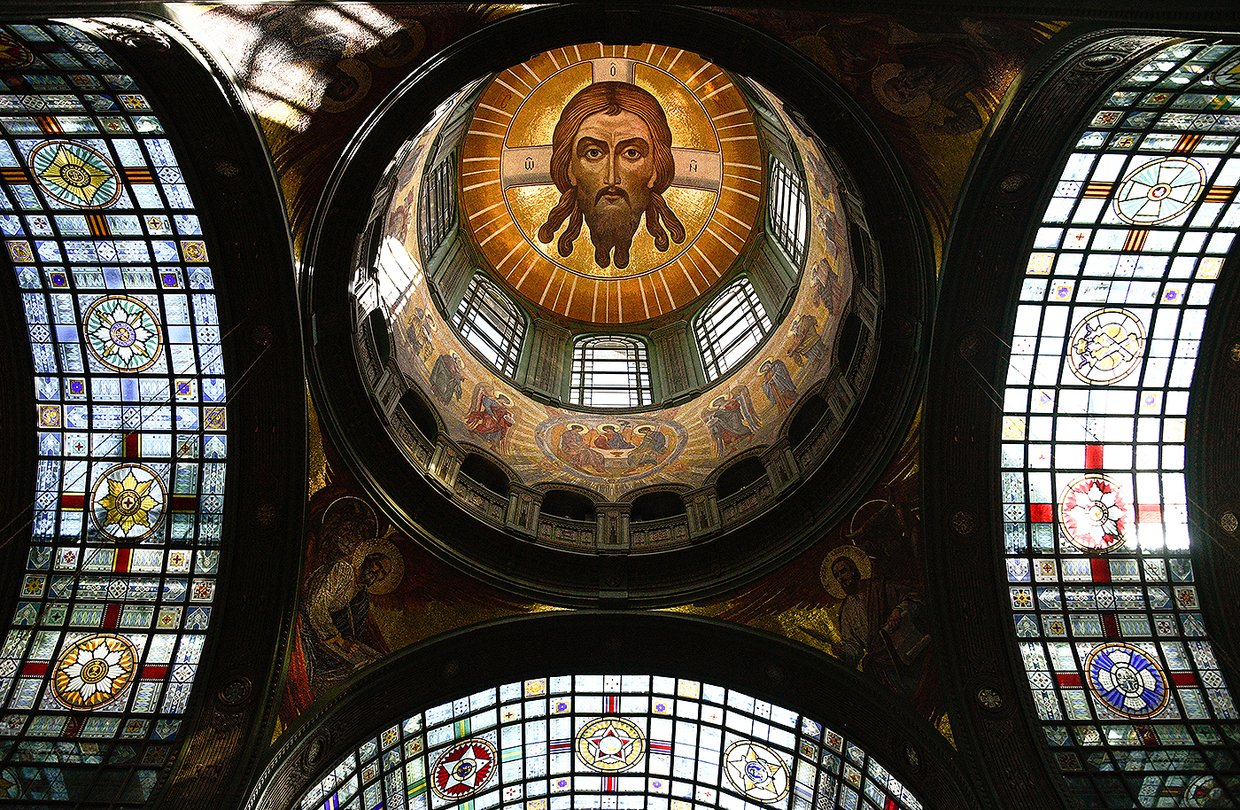
For those of us who are unlikely to visit Moscow, the reception of the cathedral reflects back at us the question “So what will the architecture of your society tell history?” In the West, we maintain our historic cathedrals and build art museums as new sites of sacred contemplation. Our most expensive buildings are airports and super bridges, which must eventually be replaced. Are we content to allow our message to posterity to be that of shopping malls and airports?
Our cities are dominated by hotels and office towers built by foreign architectural firms in an international style, funded by multinational corporations, which are not designed to last more than 50 years. It is common knowledge that many firms build mediocre, unoriginal buildings deliberately so that they will not become listed buildings of national interest. It is more convenient for owners to demolish ageing buildings than to maintain them.
Our urban structures are postmodern designs meant to be clever rather than serious; they are essentially interchangeable. The office towers of Shanghai, Qatar, London and Lagos could be swapped and we would barely notice the difference. Like, love or loathe the Main Cathedral of the Russian Armed Forces, it is a unique building in a specific location serving a constituency and it is intended to last. The architects have some faith that this building belongs somewhere rather than anywhere. How history treats it, we cannot yet tell.
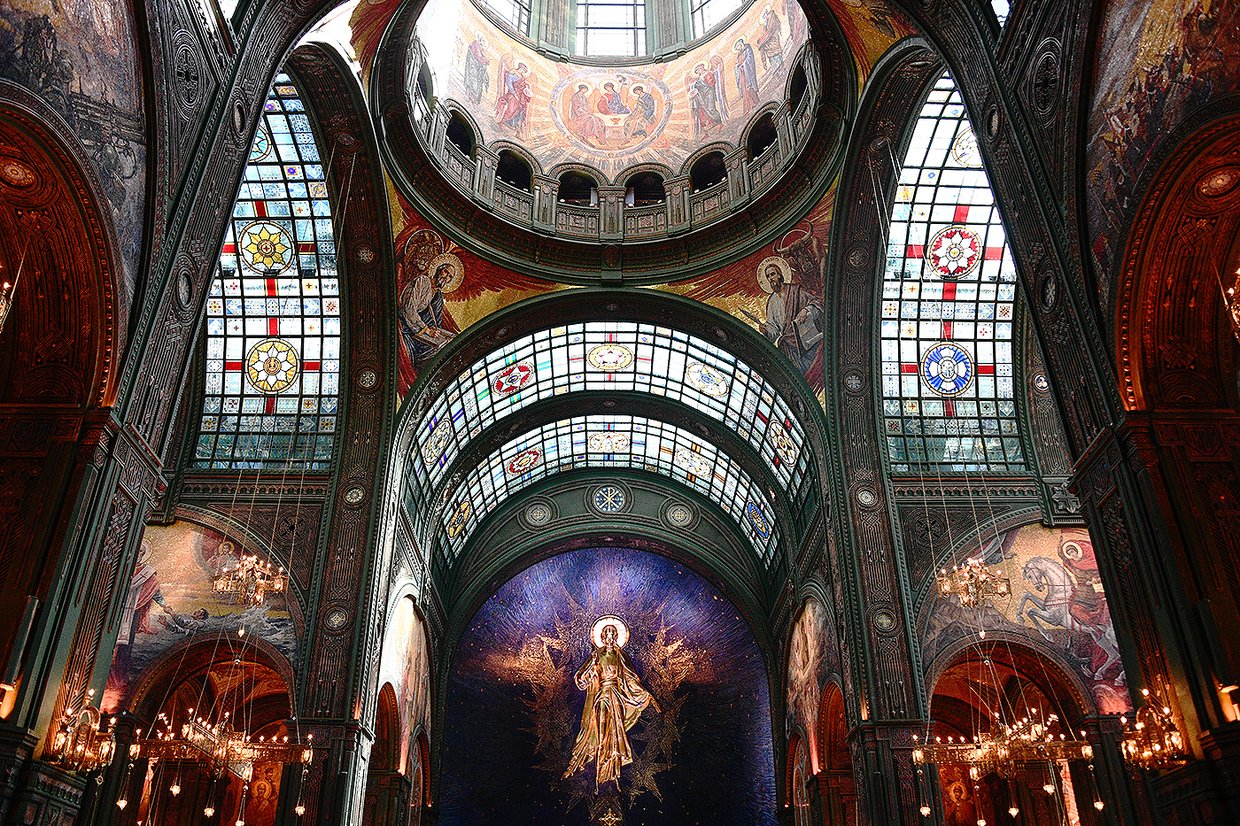
Think your friends would be interested? Share this story!
The statements, views and opinions expressed in this column are solely those of the author and do not necessarily represent those of RT.



